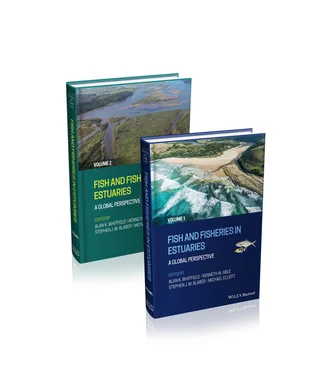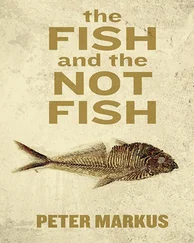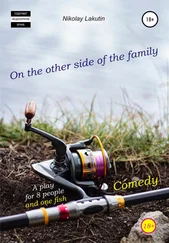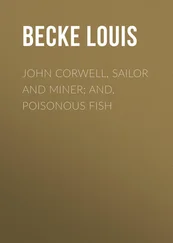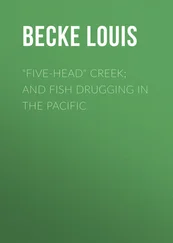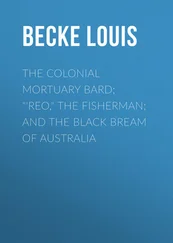Chapter 10(Cowley et al. 2022) assesses the conservation status of estuarine fish on a global basis. Particular attention is given to threatened species and extinction risk, as well as an analysis of the threats to the conservation of fishes in estuaries, including fisheries impacts, habitat loss, freshwater input reduction, water pollution, introduced species and climate change. Various conservation efforts are also reviewed, including harvest control measures, the role of protected areas, rehabilitation and habitat restoration and improved catchment management. The chapter concludes with an examination of current and future challenges for the conservation of fishes in estuaries.
Chapter 11(Moyle & Stompe 2022) provides an overview of our current knowledge of non‐native species in estuaries. Issues that are addressed include the global distribution, characteristics, taxonomy, importance and management options for non‐native species in estuaries. The importance of non‐native fishes from selected case studies around the world are covered in some detail, as well as the conditions that favour the establishment of these taxa in estuaries. Biological interactions between native and non‐native species are reviewed, and their role in the development of ‘novel ecosystems’ in modern estuaries is also discussed.
Chapter 12(Elliott et al. 2022a) provides a focus on management issues pertaining to estuaries and how these issues may influence fish populations within these systems. After introducing management aims, objectives, frameworks and standards, the chapter then deals with management at the catchment, estuary and habitat levels.
Chapter 13(Elliott et al. 2022b) provides a synthesis based on all chapters in the book, as well as highlighting research that is required for the future. There is an emphasis that most research and knowledge on estuaries, their fish, habitats and fisheries need to describe and explain the nature of these changing systems, the natural and anthropogenic causes of that change, and the management of these systems for the benefit of both the natural and human components.
In addition to the above chapters, there are two appendices that focus on the gear and methods involved in studying fish in estuaries:
Appendix 1(Franco et al. 2022) describes field methods for fish monitoring in estuaries, including fishing techniques (nets and traps), acoustic and visual detection and DNA‐based sampling methods. The features, advantages and disadvantages of each technique (e.g. applicability, selectivity, efficiency and standardisation for recording different aspects of fish ecology) are presented using best practice examples from study cases worldwide. The contextualisation of monitoring strategies for fishes in estuaries, including legislative constraints and requirements, are also covered.
Appendix 2(Elliott et al. 2022c) focuses on the data analysis and interpretation required to study fish in estuaries. The analytical approaches (variables and parameters, analytical tools and interpretation) are described according to the level of biological organisation (e.g. individual, population, community) and their fit for purpose, taking into consideration the aim of the monitoring study (e.g. temporal variability, impact assessment, characterisation). Case studies are used as best practice examples to illustrate the above processes.
In conclusion, this book is designed for use by university undergraduate and postgraduate students studying or involved in courses on fishes in estuaries, as well as academic professionals, practitioners in statutory bodies and consultants in the ichthyological and/or estuarine ecological disciplines. By gathering a global panel of leading estuarine scientists to synthesize the enormous publication database dealing with fish and fisheries in estuaries, we hope that this tome will become the ‘first choice’ reference work for present and future estuarine research projects. The two appendices will also be extremely useful for the design and choice of appropriate sampling gear and methods to be used in new estuarine studies. In addition, the information and insights provided by this review will be of particular use to both scientists and managers who are tasked with taking estuarine and coastal management into a more sustainable Anthropocene, for the benefit of both fishes and people inhabiting the coastal zone.
1 Able, K.W. 2005. A re‐examination of fish estuarine dependence: evidence for connectivity between estuarine and ocean habitats. Estuarine, Coastal and Shelf Science 64, 5–17.
2 Able, K.W. & Fahay, M.P. 1998. The First Year in the Life of Estuarine Fishes in the Middle Atlantic Bight. Rutgers University Press, New Brunswick.
3 Able, K.W. & Fahay, M.P. 2010. Ecology of Estuarine Fishes: Temperate Waters of the Western North Atlantic. The Johns Hopkins University Press, Baltimore, Maryland.
4 Able, K.W., Grothues, T.M., Hagan, S.M., et al. 2008. Long‐term response of fishes and other fauna to restoration of former salt hay farms: multiple measures of restoration success. Reviews in Fish Biology and Fisheries 18, 65–97.
5 Able, K.W., Simenstad, C.A., Strydom, N.A., et al. 2022. Chapter 4. Habitat use and connectivity. In: Fish and Fisheries in Estuaries: A Global Perspective (ed., Whitfield, A.K., Able, K.W., Blaber, S.J.M. & Elliott, M. ), pp. 188–254. Wiley Blackwell, Oxford, UK.
6 Adams, S.M. 2005. Using multiple response bioindicators to assess the health of estuarine ecosystems: an operational framework. In: Estuarine Indicators (ed., Bortone, S.A. ), pp. 5–18. CRC Press, Boca Raton.
7 Andrews, M.J. & Rickard, D.G. 1980. Rehabilitation of the inner Thames Estuary. Marine Pollution Bulletin 11, 327–332.
8 Araújo, F.G., Azevedo, M.C.C., Silva, M.A., et al. 2002. Environmental influences on the demersal fish assemblages in the Sepetiba Bay, Brazil. Estuaries 25, 441–450.
9 Attrill, M.J. & Rundle, S.D. 2002. Ecotone or ecocline: ecological boundaries in estuaries. Estuarine, Coastal and Shelf Science 55, 929–936.
10 Barletta, M., Amaral, C.S., Correa, M.F.M., et al. 2008. Factors affecting seasonal variations in demersal fish assemblages at an ecocline in a tropical‐subtropical estuary. Journal of Fish Biology 73, 1314–1336.
11 Basset, A., Barbone, E., Elliott, M., et al. 2013. A unifying approach to understanding transitional waters: fundamental properties emerging from ecotone ecosystems. Estuarine, Coastal and Shelf Science 132, 5–16.
12 Blaber, S.J.M. 1991. Deep sea, estuarine and freshwater fishes: life history strategies and ecological boundaries. Southern African Journal of Aquatic Sciences 17, 2–11.
13 Blaber, S.J.M. 2000. Tropical Estuarine Fishes – Ecology, Exploitation and Conservation. Blackwell Science, UK.
14 Blaber, S.J.M., Able, K.W. & Cowley, P.D. 2022. Chapter 9. Estuarine fisheries. In: Fish and Fisheries in Estuaries: A Global Perspective (ed., Whitfield, A.K., Able, K.W., Blaber, S.J.M. & Elliott, M. ), pp. 553–616. Wiley Blackwell, Oxford, UK.
15 Blaber, S.J.M., Cyrus, D.P., Albaret, J.‐J., et al. 2000. Effects of fishing on the structure and functioning of estuarine and nearshore ecosystems. ICES Journal of Marine Science 57, 590–602.
16 Cabral, H.N., Borja, A., Fonseca, V.F., et al. 2022. Chapter 6. Fishes and environmental health. In: Fish and Fisheries in Estuaries: A Global Perspective (ed., Whitfield, A.K., Able, K.W., Blaber, S.J.M. & Elliott, M. ), pp. 332–379. Wiley Blackwell, Oxford, UK.
17 Carriker, M.R. 1967. Ecology of estuarine benthic invertebrates: a perspective. In: Estuaries (ed. Lauff, G.H. ), pp. 442–487. American Association for the Advancement of Science, Washington, DC.
18 Chaves, M.C.N.R., Franco, A.C.S.F., Seixas, L.B., et al. 2018. Testing the ecocline concept for fish assemblages along the marine‐estuarine gradient in a highly‐eutrophic estuary (Guanabara Bay, Brazil). Estuarine, Coastal and Shelf Science 211, 118–126.
Читать дальше
